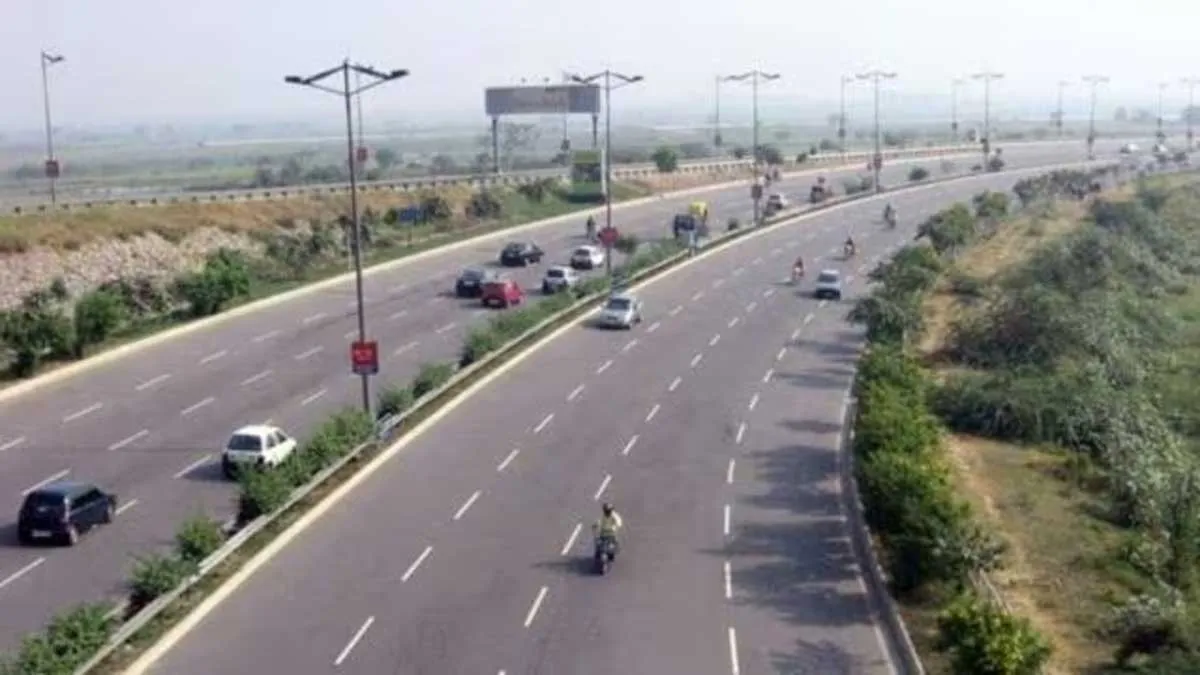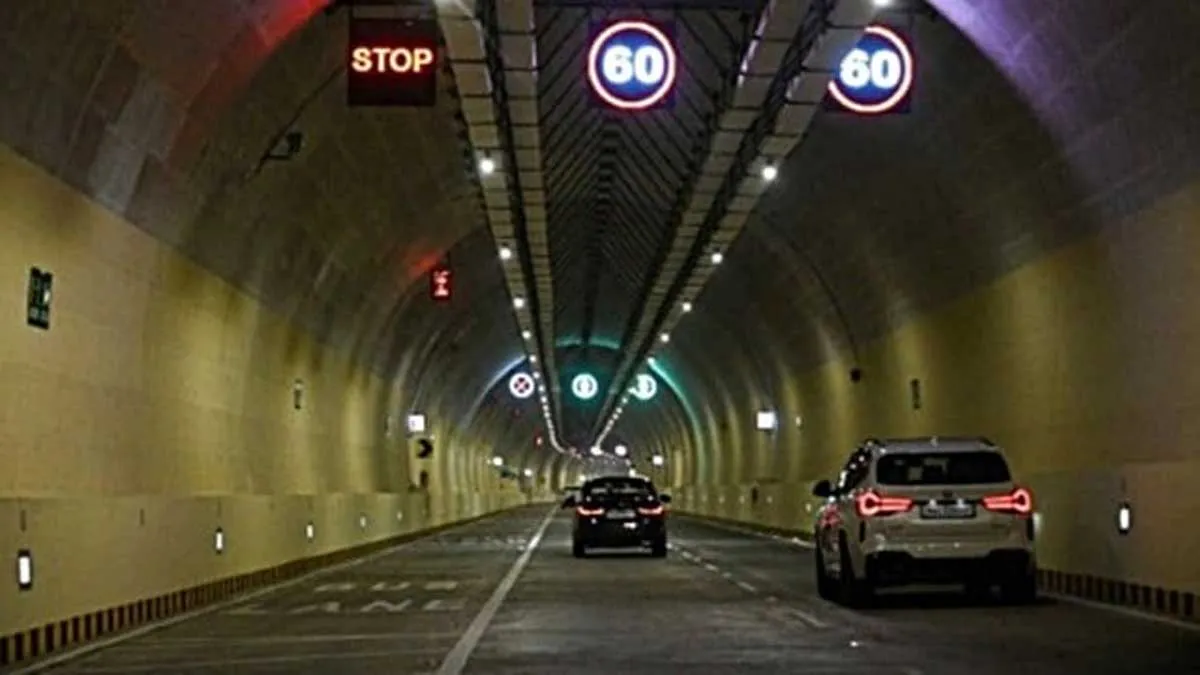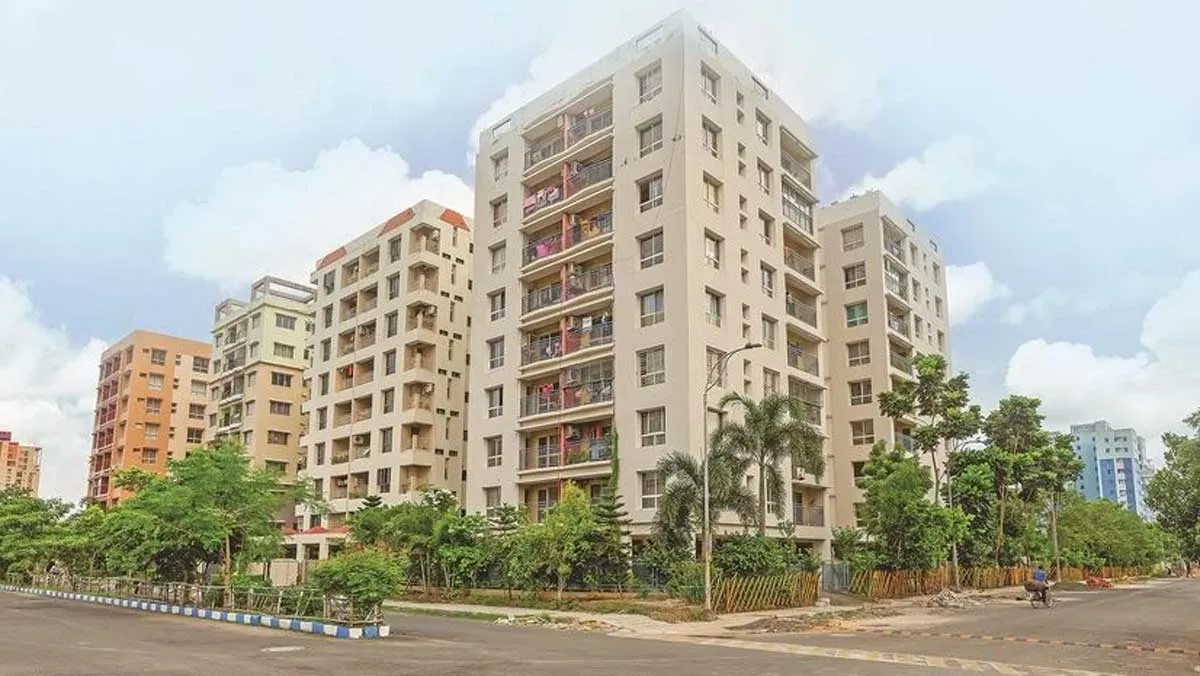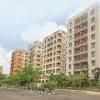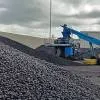Bridges are the infrastructural lifelines connecting India’s massive rivers and valleys.
By connecting places, they facilitate the movement of goods and services and people, thereby ensuring a means of livelihood for those who would otherwise be cut off from the rest of the population. Typically, as bridges in difficult-to-reach locations are made of wood or steel, they tend to rot or corrode easily. Moreover, as bridges are susceptible to damage during natural disasters and, are often in locations close to India’s borders, they require frequent checks and maintenance to ensure that they meet their design life.
Material of choice
The search for a material that is both lightweight and maintenance-free ends with fibre-reinforced plastic (FRP). FRP is an alternative to steel and does not corrode even when exposed to harsh environmental conditions. It is a composite material manufactured by the combination of glass and polyester, with the same mechanical strength as steel but half its weight. FRP’s density is one-fourth that of steel, but its mechanical properties are much better, resulting in a superior strength-to-weight ratio.
The production and use of this material has become widespread with time, leading to a significant reduction in cost and making it affordable for various ordinary applications.
In the past few decades, the use of FRP has become common for structures such as cooling towers, hand-rails, walkways, platforms, etc. It has become the material of choice for civil engineers in applications where low weight and weatherability are important considerations. FRP can be used to build bridges, too, and this has several advantages.FRP does not corrode and has a lifespan of up to 50 years. FRP bridges are therefore ideal for installations deep within forests, where precipitation is high; or in areas near the sea, marshes, or salt pans, where steel bridges tend to corrode within a few years.
An FRP bridge will typically weigh less than half as much as a steel bridge of comparable size. This makes it easy to carry and install in hilly or mountainous regions, where connectivity with neighbouring towns is essential for survival. What’s more, FRP bridges have a significant impact on local commerce and economic activity by enabling faster movement of people and goods.
Global examples
Spain has some excellent examples of how FRP bridges can be feasible candidates as ‘future bridges’ owing to their durability and rapid installation. The first vehicular FRP girder bridge in the country was built in 2004 along the highway leading to Asturias Airport. The 46-m bridge consists of three longitudinal carbon reinforced polymer (CFRP) beams with trapezoidal cross-section. The beams were manufactured in Madrid and transported to Asturias’s bridge site; owing to the lightweight composite beams, transportation of the beams was easily carried out.
It took only half a day to place the three 46-m-long beams on their supports. On the outskirts of Madrid are identical M111 bridges, made up of three simple supported spans (10, 14 and 10 m) of four FRP girders each. Based on the experience gained during the design and construction of Asturias bridge, the M111 bridges’ girders were designed to have open cross-sections, making it possible to manufacture them by hand lay-up on a reusable steel mould. Formed by a simple supported 24-m-long FRP girder, the Canary Island footbridge offered a good chance to test a different manufacturing process: Resin infusion. A hand lay-up it is labour intensive and a normal choice to manufacture large elements, such as boat hulls, it further reduced the cost of the FRP girders. The Almuñécar footbridge, built in Madrid in 2010 to substitute an old reinforced concrete one crossing the Manzanares river, offered the possibility to test the resin infusion manufacturing process on a much bigger element.
And the Cuenca footbridge offered the possibility to study the behaviour of the carbon fibre cables in view of their future applications in other type of bridges, such as cable-stayed and suspended bridges.
The India advantage
FRP is also the best option for areas such as Ladakh, Kashmir, the Northeast, and areas along India’s borders. The presence of troops on both sides of the border makes it necessary that our supply lines are maintained. Having strong, lightweight, portable bridges will be advantageous for our military. The military application of FRP bridges may well be among its most important ones.
The Indian Army is also often called upon for assistance in disaster-hit areas. Because FRP bridges can typically be installed in less than 12 hours, they can come in handy in disaster management situations, where we can save precious time that would otherwise be lost in building a bridge.
FRP bridges are a new-age solution to old-world problems. Their use will not only improve the lives of our fellow citizens, but increase the sustainability of India’s infrastructure spending.
About the author:
Ashish Kumar, CEO, Advanced Materials and Envisol, Arvind, is an acknowledged domain expert with a professional career spanning over 21 years, mostly in textiles and apparel. He has exhaustive leadership experience managing small and large businesses, facilitating major initiatives for a superior client experience as well as internal transformations.
